Pring on Price Patterns: The Definitive Guide to Price Pattern Analysis and Intrepretation
$21.91
| Author(s) | |
|---|---|
| Product Type |
Ebook |
| Format |
|
| Skill Level |
Intermediate to Advanced |
| Pages |
368 |
| Publication Year |
2005 |
| Delivery |
Instant Download |
In Pring on Price Patterns, legendary market analyst Martin J. Pring delivers one of the most comprehensive works ever written on the interpretation and application of chart patterns. This definitive guide goes beyond simple visual recognition, teaching traders how to understand the psychology and market forces that give each pattern its predictive power.
Pring systematically categorizes reversal and continuation formations, from head-and-shoulders and triangles to lesser-known setups, explaining the statistical logic and behavioral dynamics behind them. He combines classic technical theory with modern analytical rigor, demonstrating how to confirm patterns using volume, momentum, and breakout validation.
With over 400 charts and practical examples, Pring on Price Patterns equips readers to identify emerging opportunities, avoid traps, and trade with greater confidence and timing accuracy. It’s a masterwork for traders seeking to blend art and science in the reading of price action and market structure.
✅ What You’ll Learn:
- How to identify and trade major reversal and continuation patterns
- The psychological and technical principles behind pattern formation
- How to use volume, momentum, and trend confirmation effectively
- Pattern failure recognition and techniques to minimize risk
- Advanced breakout timing and measured-move projection strategies
- Practical applications for different markets and timeframes
💡 Key Benefits:
- Master professional-level pattern recognition and interpretation
- Improve trade timing and reliability through confirmation analysis
- Understand the behavioral forces driving technical patterns
- Build a structured framework for price action decision-making
- Apply classic and modern setups across any market or instrument
👤 Who This Book Is For:
This book is designed for traders, analysts, and investors who rely on chart reading and pattern recognition to guide market decisions. It’s ideal for intermediate to advanced practitioners of technical analysis seeking a deeper, more data-grounded understanding of price behavior and pattern psychology.
📚 Table of Contents:
Part I. Basic Building Blocks
- Market Psychology and Prices: Why Patterns Work
- Three Introductory Concepts
- Support and Resistance Zones: How to Identify Them
- Trendlines
- Volume Principles as They Apply to Price Patterns
Part II. Traditional Patterns
- Using Rectangles, a Case Study for All Patterns
- Head and Shoulders
- Double Tops, Double Bottoms, and Triple Patterns
- Triangles
- Broadening Formations
- Miscellaneous Patterns
Part III. Short-Term Patterns
- Smaller Patterns and Gaps
- Outside Bars
- Inside Bars
- Key Reversal, Exhaustion, and Pinocchio Bars
- Two- and Three-Bar Reversals
Part IV. Miscellaneous Issues
- How to Assess Whether a Breakout Will Be Valid or False
- How Do Price Patterns Test?
Pring on Price Patterns: The Definitive Guide to Price Pattern Analysis and Interpretation By Martin J. Pring
16 reviews for Pring on Price Patterns: The Definitive Guide to Price Pattern Analysis and Intrepretation
Clear filtersOnly logged in customers who have purchased this product may leave a review.

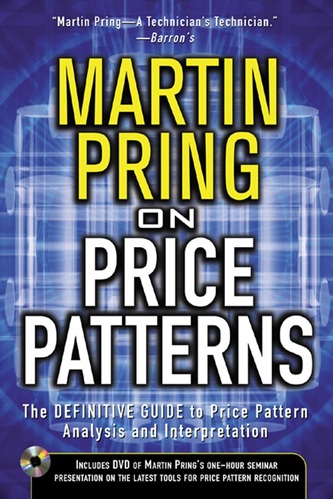


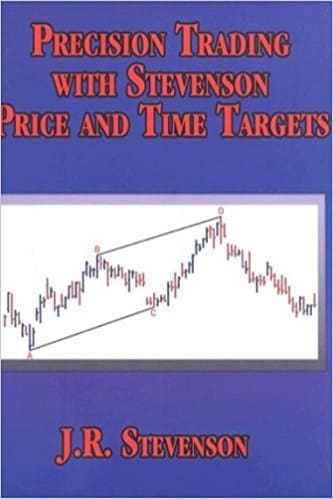

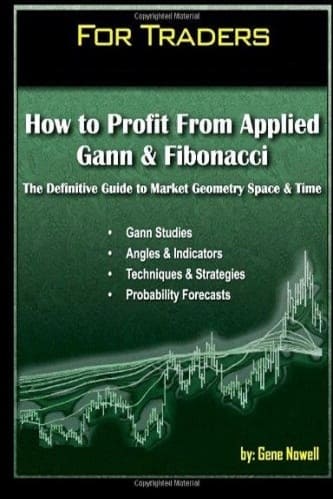

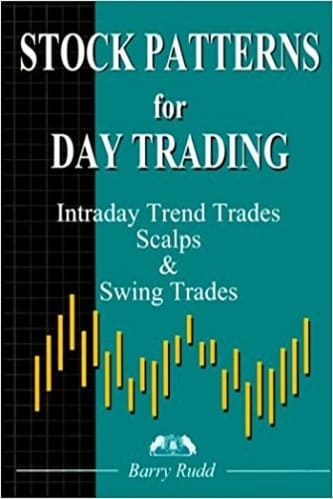
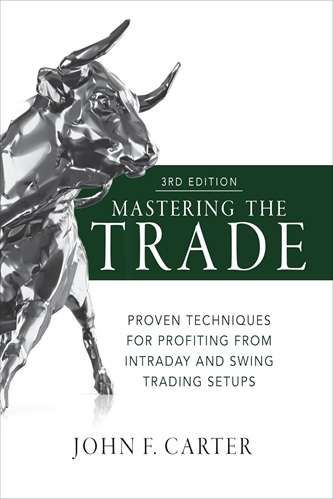
Case Ramirez (verified owner) –
Good technical analysis book
Kiaan Woodward (verified owner) –
Excellent book
Monroe Quinn (verified owner) –
A good book to learn the standard market information. But there’s no way you get rich with this knowledge.
Axl Hurley (verified owner) –
For those who can’t absorb Martin Pring’s larger work, this book is perfect. I like him more than the Explained AT. This is the book on a second level, below only the complete work. By far it’s my most favorite book released by him.
Rhys Mann (verified owner) –
This is one of the very best trading books..
The last few chapters may seem short but there is gold in them.
Paislee McKay (verified owner) –
I’m a trader that has read and studied a ton of Technical Analysis books. There are lots of great ones out there but this book is a great addition to your library. It gets down to the meat and potatoes of trading in clear language and great examples. Pring knows his stuff and it’s a book that can be read over and over.
Rylan Hurst (verified owner) –
Best book I’ve read in this category. I will be buying more books by Pring.
Alice Briggs (verified owner) –
O.K.!
Zoie Guerra (verified owner) –
Great book
Jonathan Harrell (verified owner) –
Great Read.
Joey Johns (verified owner) –
I think at one point this was probably the go-to book on the subject. As things stand now, all of these patterns are covered in just as much detail as Pring presents and arguably with better organization online on various free sites.
Giovanna McCall (verified owner) –
Probably the best book on price patterns. Highly highly recommend it!
Kara Strong (verified owner) –
i am a part-time trader from thailand who won’t regret buying this book at all.
Martin Pring is doing extremely well in explaining the basic concepts of price patterns as well as the psychology behind the moves.
Bruce Villanueva (verified owner) –
Very good book for technical analysis. Classic trading methodology for success and limiting loss.
Leland Ramos (verified owner) –
A simple review will not due this book justice. If you are serious about trading for a profit in any market, then this book is a must have. Anything on the internet about price action trading is derived from this book. Buy it! You will wish you did it sooner!
Drew Cooper (verified owner) –
Information and insight you CAN TRUST! Mr. Pring speaks the truth. Do your own backtesting (any period and any stock or commodity). I am still absorbing his pearls of wisdom. There’s a ton of doublespeak, lies and downright garbage out there that does not work with todays HFT technology, but the more you work with Mr. Pring’s techniques (and some calculus) you will find it spot on. Highly recommended.